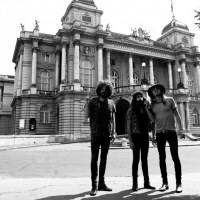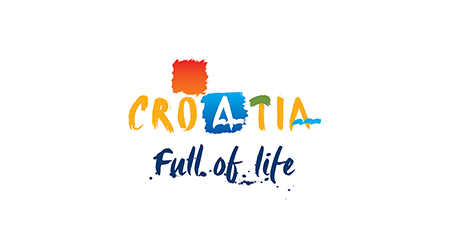St Mark’s Square
St Mark’s Square is the heart of the Upper Town.
St Mark’s Square (Trg svetog Marka) constitutes the heart of the Upper Town, having formerly served as the main market square of the settlement of Gradec. Dominating the square is the 13th-century Church of St Mark, a three-isled Romanesque church which still retains much of its original shape. The Gothic arched ceiling and the sanctuary were added in the late 14th century, along with the fifteen statues that stand in inches above the southern portal. Some of the statues were made by masters from the Parler workshop in Prague in around 1420.
The church was substantially rebuilt in the Neo-Gothic style by Herman Bollé at the end of the 19th century. The roof tiles, decorated with the coats of arms of the Triune Kingdom of Croatia, Dalmatia and Slavonia and the city of Zagreb also date to this period. The interior was restored between 1936 and 1938 by the sculptor Ivan Meštrović and the painter Jozo Kljaković. Meštrović’s work in the church includes the large crucifix above the main altar, the Pietà in the apse and a silver cross, as well as the Madonna portrayed as a village woman in the south apse. Kljaković’s murals in the main body of the church portray scenes from The Old and The New Testaments, while in the adjacent chapel of St Fabian and Sebastian they focus on themes from Croatian history.
The Banski dvori or “Governor’s Palace” at St Mark’s Square 1 is the seat of the Croatian Government and also houses the office of the Prime Minister. The palace was built in the beginning of the 19th century and was home to the Croatian bans (governors) from 1808 to 1918. The legendary Ban Josip Jelačić lived and died here.
The Croatian Sabor or Parliament has held its sessions at this location ever since 1737. The current building dates from the beginning of the 20th century. It was here that members voted to sever political ties from the Austro-Hungarian Empire in 1918 and from Yugoslavia in 1991.
 Hrvatski
Hrvatski English
English Deutsch
Deutsch Spanish
Spanish French
French Italian
Italian Russian
Russian Korean
Korean Japanese
Japanese Chinese
Chinese























